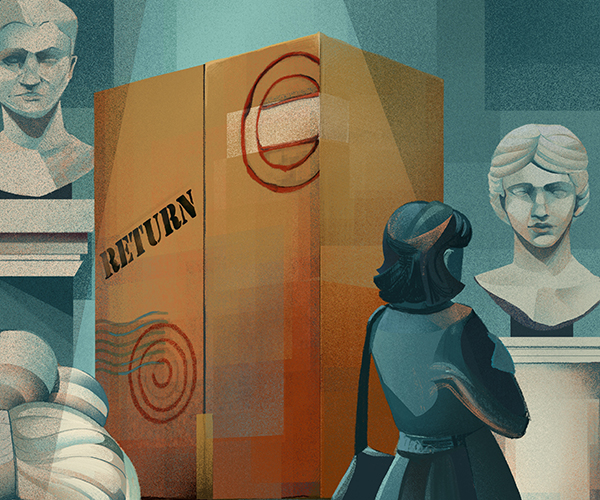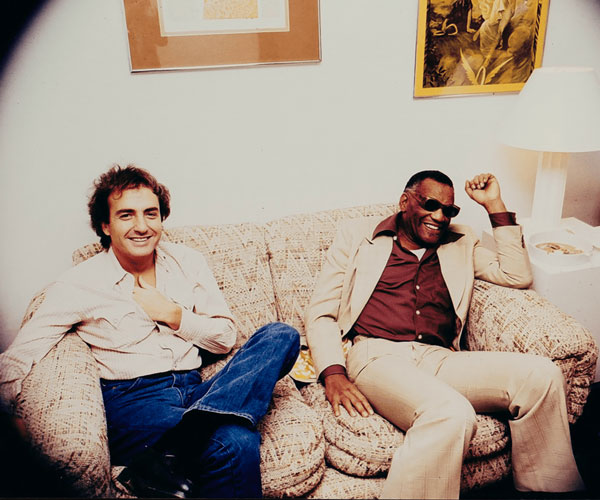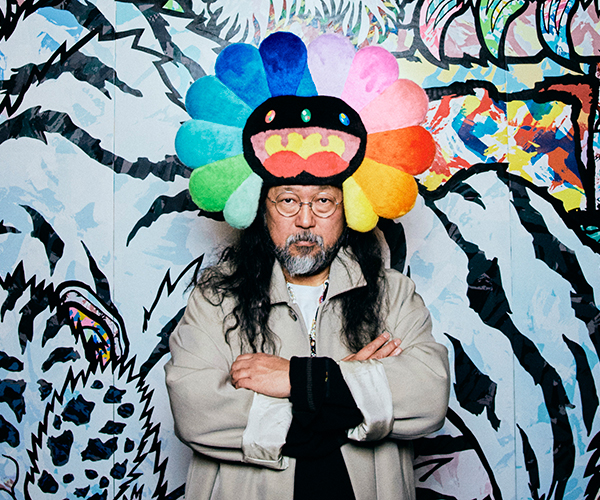The 40-something woman behind me is giggling.
"Oh my gosh, that is so cool!" she bubbles to her husband and son, while peering over my shoulder. "We've got to do that!"
I politely wrap up my 10-minute session of making faces that are matched through facial recognition software with zany expressions of nearly 190 sculptures and paintings loaded in the Sculpture Lens touch screen. I email myself a photo booth-style strip of hilarious likenesses and watch as the family takes over, squinting, scowling and laughing with each facial pairing.
The lens is just one part of Gallery One, open since January 2013. The groundbreaking area turns the conventional museum visit into a virtual, interactive experience praised by Fast Company, The New York Times and Mashable. Through its multitouch, microtile Collection Wall and six experiential touch-screen lenses, both tech-obsessed youngsters and seasoned museumgoers can get closer to parts of the museum's 45,000-piece collection.
"We want to send our visitors out into the galleries with a new perspective," says Gallery One's co-developer and director of education and interpretation Caroline Goeser. "After all, a work of art may look small on the wall, but it comes from a very large social context."
With that in mind, I dive into the 13,000-square-foot gallery hopping from one sensory-packed moment to the next. At the Painting Lens, I channel my inner Jackson Pollock by choosing colors from a digital palette and tickling the screen with my fingertips to create a masterpiece.
Afterward, I hand over $5 to rent an iPad preloaded with the museum's free ArtLens app (you can also bring an iPad from home) and begin my search for actual art pieces marked as containing digital content. (An app for iPhones and Androids will be released in early 2014.)
Successful, I point my iPad toward Fred Wilson's chandelierlike glass sculpture, To Die Upon a Kiss, and watch as a short video detailing the challenging installation process plays on my screen.
My eye drifts to the more than 3,500 artworks flying across the digital Collection Wall and I whisk over. Tapping to expand and minimize striking pieces, I feel like I'm riffling through the vast, colorful contents of an ancient treasure chest. I dock my iPad and touch a heart icon that favorites Jacques Louis David's playfully naughty 1817 Cupid and Psyche through ArtLens.
It's downloaded to my iPad, where I can share it on Facebook or Twitter, or create my own museum tour, letting the iPad guide me out of Gallery One and into the immense collection beyond.
"Our goal with Gallery One is helping visitors make connections," Goeser says, "like putting a curator in their pocket."



